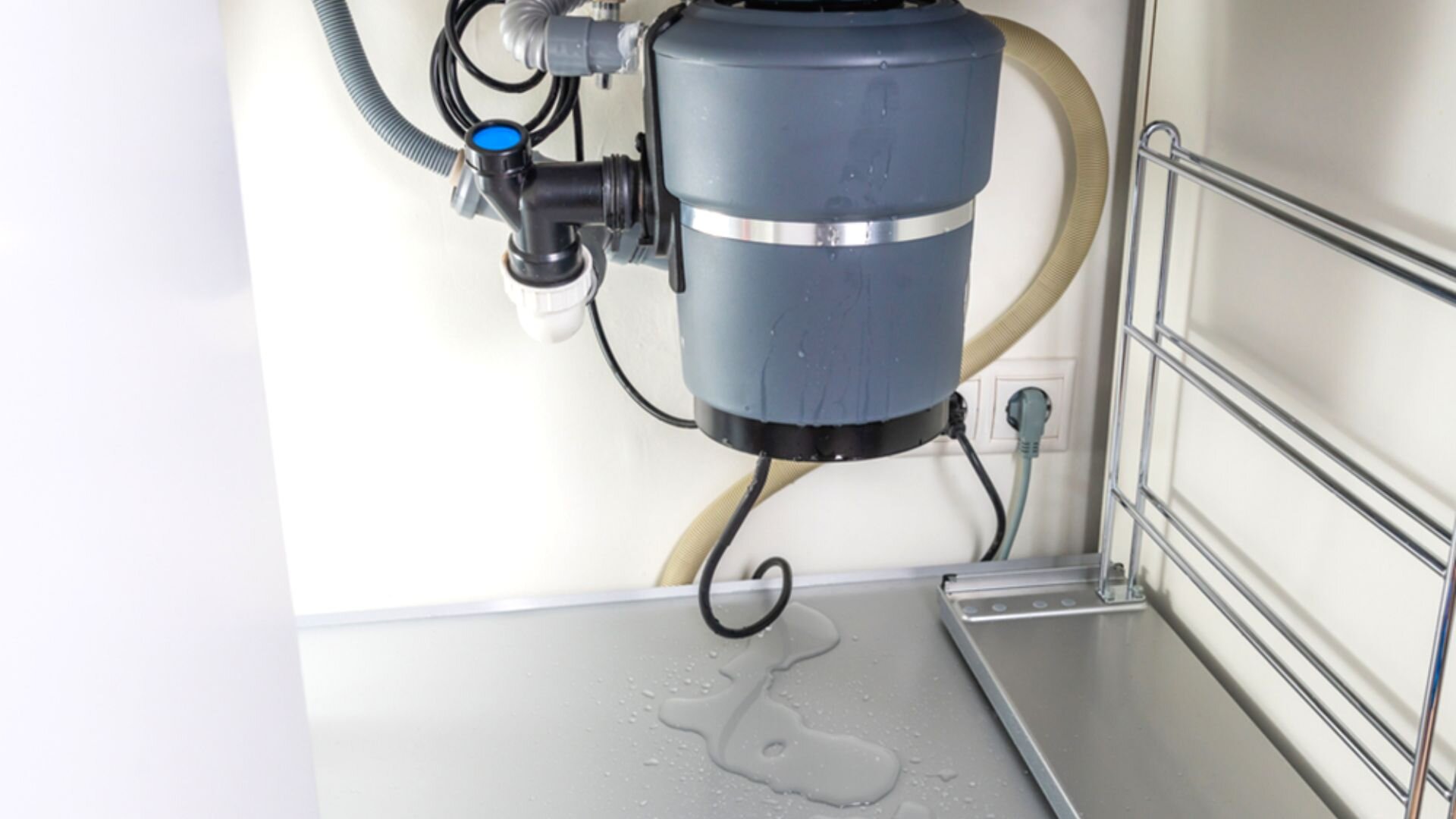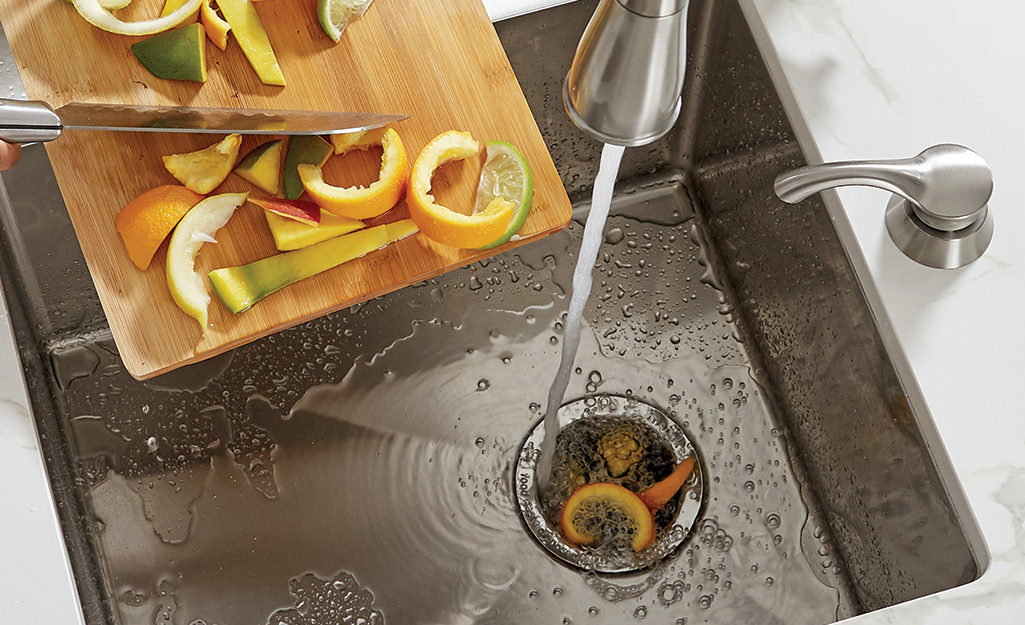Quick Fixes for a Dripping Garbage Disposal
Quick Fixes for a Dripping Garbage Disposal
Blog Article
This article in the next paragraphs relating to Why Is is incredibly stimulating. Check it out for your own benefit and decide what you think of it.

Waste disposal unit are vital kitchen appliances that help in throwing away food waste effectively. However, a dripping waste disposal unit can be an aggravating and unpleasant issue to manage. Thankfully, many leaks can be fixed conveniently with a few easy steps. In this write-up, we will talk about exactly how to take care of a leaking waste disposal unit efficiently.
Intro
Garbage disposals are mounted under kitchen area sinks and are created to shred food waste right into smaller sized pieces, enabling it to go through the plumbing system conveniently. While these tools are typically trustworthy, leaks can occur over time as a result of deterioration, loose links, or damage to the system.
Usual Root Causes Of Leaks in Rubbish Disposals
Worn Seals and Gaskets
Seals and gaskets play a crucial duty in protecting against water from leaking out of the garbage disposal. In time, these components can weaken, causing leaks around the disposal unit.
Loose Connections
The connections in between the waste disposal unit and the pipes system can become loose over time, creating water to leak out throughout operation.
Splits or Holes in the Disposal System
Physical damage to the waste disposal unit, such as cracks or holes in the housing, can additionally result in leaks.
Recognizing the Resource of the Leak
Before trying to take care of a dripping waste disposal unit, it is vital to identify the resource of the leakage. This can generally be done via visual inspection or by conducting basic tests.
Visual Assessment
Inspect the garbage disposal system thoroughly for any type of indicators of water leak. Pay very close attention to locations around seals, gaskets, and link factors.
Examining for Leaks
One method to check for leaks is by running water with the disposal device and checking for any noticeable indicators of leakage.
Tools and Materials Needed for Fixing a Leaking Waste Disposal Unit
Prior to starting the repair work procedure, collect the necessary tools and products, including a screwdriver, flexible wrench, plumbing professional's putty, replacement seals or gaskets, and epoxy or patching material for fixing cracks or openings.
Step-by-Step Overview to Repairing a Dripping Garbage Disposal
Turn Off the Power
Prior to trying any kind of repairs, ensure that the power to the garbage disposal unit is turned off to stop the danger of electrical shock.
Locate the Leak
Determine the precise area of the leakage and figure out the cause.
Tighten Links
Use a wrench to tighten up any loose connections between the disposal device and the plumbing system.
Replace Seals or Gaskets
If the leakage results from used seals or gaskets, remove the old elements and change them with new ones.
Patching Cracks or Openings
For splits or holes in the disposal device, use epoxy or a suitable patching product to seal the broken area.
Examining the Waste Disposal Unit After Repair
Once the repair service is full, evaluate the waste disposal unit by running water via it to ensure that the leakage has actually been dealt with.
Preventive Maintenance Tips to Prevent Future Leaks
To avoid future leaks, it is necessary to do routine upkeep on your waste disposal unit. This consists of keeping it clean, avoiding putting non-food items or difficult things down the disposal, and occasionally looking for leaks or other problems.
Verdict
In conclusion, repairing a dripping waste disposal unit is a reasonably uncomplicated procedure that can be finished with standard devices and products. By complying with the steps detailed in this post and practicing preventive maintenance, you can maintain your waste disposal unit in good working condition and avoid costly fixings in the future.
HERE’S HOW TO FIX YOUR GARBAGE DISPOSAL
WHAT TO DO IF SOMETHING IS STUCK IN YOUR GARBAGE DISPOSAL
If the impeller won’t turn, there’s probably something stuck in the disposal. It could be a steak bone or peach pit, although plumbers report pulling all sorts of inappropriate objects out of disposals, such as bottle caps or aluminum foil. Make sure power to the disposal is off, and look inside to see if you can see the source of the jam.
Never stick your fingers in a disposal. Pull out anything you see with tongs or pliers.
If the disposal still won’t work, it may be time to call a plumber or consider buying a new disposal. GEM Plumbing & Heating is here for all of your garbage disposal needs.
WHAT TO DO IF YOUR GARBAGE DISPOSAL DRAIN IS CLOGGED
Take everything out from underneath your sink and put a bucket or other container under your disposal to catch any water that drains out. Disconnect your disposal from the power supply. If it’s plugged into a wall outlet, unplug it. If it’s hardwired into an electrical box, go to the electrical panel and turn off the breaker for the disposal. Pour ¼ cup of baking soda into the drain, followed by ½ cup of white vinegar. Give the solution a few minutes to fizz and do its work. Look into the disposal with a flashlight to see if you can see an object that might be causing the clog. If you see it, remove it using tongs or pliers. MORE TIPS ON DEALING WITH A CLOGGED GARBAGE DISPOSAL
Never use drain cleaner in a garbage disposal. It can damage the plastic parts inside the disposal. You can also be splashed with the caustic liquid while working to clear the clog. Beware! Never stick your fingers into a garbage disposal. Trust us — not a good idea. In many instances, your dishwasher drains through your garbage disposal. This allows the disposal to grind any large food particles that may be drained out of your dishwasher. There are some jurisdictions, however, where the plumbing code prohibits such a connection. WHAT TO DO WHEN YOUR DISHWASHER DRAINS THROUGH THE DISPOSAL
Run some water in the sink so your plunger has at least a ½-inch of water to create a seal and plunge vigorously up and down several times. You may need to repeat this several times. Run hot water down the drain to clear any residue that remains.

Hopefully you liked our part on Why Is My Garbage Disposal Leaking From the Bottom?. Thanks for spending some time to read through our short article. Are you aware of someone else who is fascinated with the topic? Why not promote it. Many thanks for going through it.
Click Here Report this page